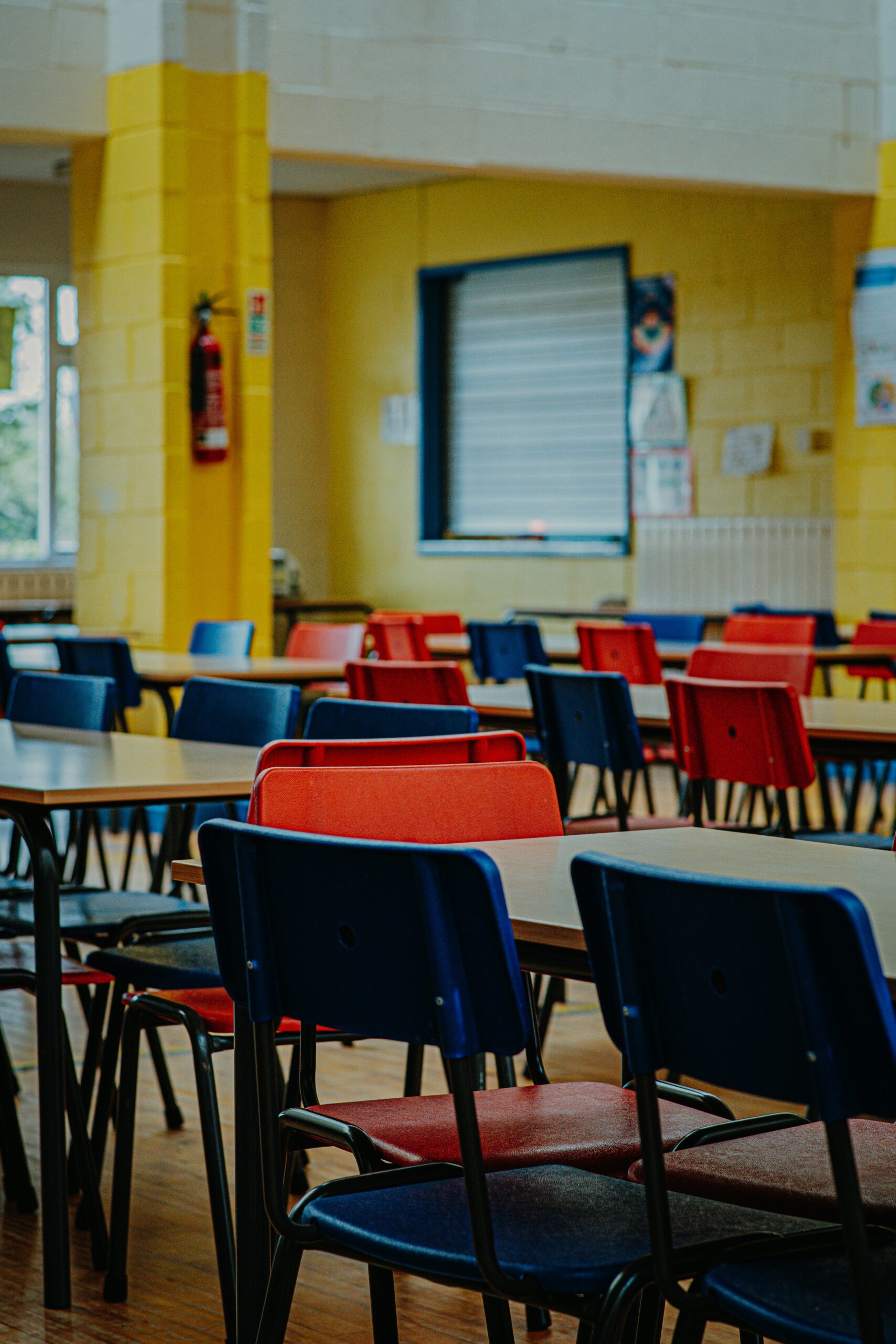The basics
The State Board of Education oversees education standards and forms policy, which must then be approved by the governor. For instance, the board passed the Computer Science and Technology Act and updated the respective curriculum earlier this year. It also narrowly rejected a proposal that sought to prohibit books with content deemed sexually explicit in school libraries.
What does a board member do?
Members oversee statewide assessments, share their opinion regarding education-related legislation and approve a variety of academic programs for niche student groups, like programs for handicapped children and veteran education programs. They also submit the Department of Education’s budget to the Unicameral and governor.
Each member represents one of the eight geographic districts spanning the state. The board is officially nonpartisan, meaning party affiliation does not appear next to candidates’ names on the ballot. The board, which meets monthly, is responsible for selecting and hiring the education commissioner, who serves as the administrative leader of the Department of Education.
What’s the big deal?
None of the incumbents are running for reelection after a term filled with contentious debates. The 2022 election added three conservative voices to the board. In the four races on this year’s ballot, three have the option to have a Democrat representative — meaning the board will either be split politically or tilt toward conservatives.
Board meetings became a political battle ground in 2021 when a proposal to update health education standards sparked controversy for its stance on teaching “characteristics relating to identity, sexuality, and healthy relationships” in kindergarten and into high school, according to Nebraska Public Media.
Aside from politically divisive issues, school districts are suffering from rising student absenteeism and a teacher shortage. The department of education reported that 22% of students were chronically absent — or missing school about 10% of the time — in the 2022-23 school year. The department also said there were 362 teacher vacancies in 2023-24, up from 208 vacant positions in 2022-23.
